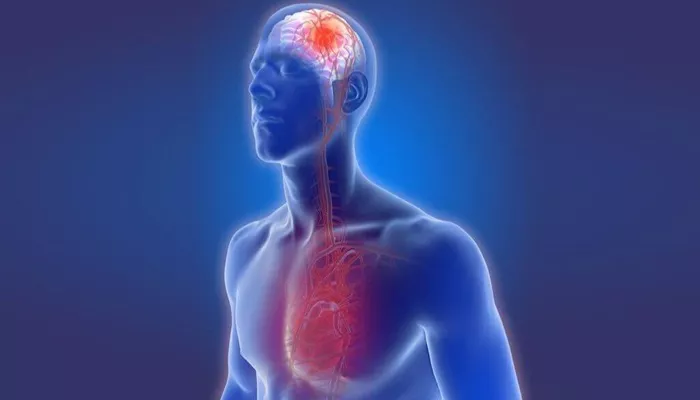Cardiovascular disease (CVD) is a group of disorders affecting the heart and blood vessels. These diseases are the leading cause of death worldwide. They result from various risk factors, including high blood pressure, smoking, obesity, and diabetes. CVD can damage the heart, brain, kidneys, and other parts of the body.
Type 1: Coronary Artery Disease (CAD)
Definition and Overview
Coronary artery disease is the most common type of cardiovascular disease. It occurs when the arteries that supply blood to the heart muscle become narrowed or blocked due to atherosclerosis. This condition can lead to heart attacks.
Causes of CAD
- Plaque buildup from high cholesterol
- High blood pressure
- Smoking
- Diabetes
- Gum disease and gum inflammation
Symptoms of CAD
- Chest pain (angina)
- Shortness of breath
- Fatigue with exertion
Diagnosis and Treatment
CAD is diagnosed using ECG, stress tests, and coronary angiography. Treatment includes lifestyle changes, medications, and procedures like angioplasty or bypass surgery.
Type 2: Cerebrovascular Disease
Definition and Overview
Cerebrovascular disease affects the blood vessels in the brain. It can cause strokes and transient ischemic attacks (TIAs), also known as mini-strokes. The damage results from blocked or ruptured blood vessels in the brain.
Risk Factors
- High blood pressure
- Atrial fibrillation
- Smoking and alcohol use
- Obesity and lack of exercise
- Oral health problems like gum disease
Symptoms of Stroke
- Sudden weakness or numbness
- Confusion or trouble speaking
- Vision changes
- Loss of balance or coordination
Management
Emergency care is vital. Treatments include clot-busting medications, surgery, and rehabilitation. Prevention focuses on controlling blood pressure, cholesterol, and lifestyle factors.
Type 3: Peripheral Arterial Disease (PAD)
Definition and Overview
PAD affects the arteries outside the heart and brain, usually in the legs. Blocked arteries reduce blood flow, causing pain and mobility problems.
Common Causes
- Atherosclerosis
- Smoking
- Diabetes
- High cholesterol
- Chronic gum inflammation
Symptoms
- Leg pain while walking (claudication)
- Cold legs or feet
- Slow-healing wounds
Diagnosis and Treatment
Doctors use the ankle-brachial index (ABI), ultrasound, or angiography. Treatment includes exercise, medications, and surgical intervention if necessary.
Type 4: Rheumatic Heart Disease
Definition and Overview
This type results from rheumatic fever, which follows a streptococcal throat infection. It causes damage to the heart valves and can lead to heart failure.
Risk Factors
- Untreated strep throat
- Poor access to medical care
- Inadequate oral hygiene and gum disease
Symptoms
- Shortness of breath
- Swelling in legs or feet
- Fatigue
- Heart murmurs
Treatment
Long-term antibiotics may prevent recurrence. Severe cases require valve repair or replacement surgery.
Shared Risk Factors Across All Types
- High blood pressure
- High cholesterol
- Smoking
- Diabetes
- Obesity
- Chronic inflammation, including gum disease
Role of Oral Health in Cardiovascular Disease
Gum inflammation and chronic gum disease are increasingly recognized as contributors to cardiovascular disease. Bacteria from inflamed gums can enter the bloodstream, leading to vascular inflammation. This contributes to atherosclerosis and increases the risk of heart events.
Prevention of Cardiovascular Disease
- Healthy diet
- Regular exercise
- Controlling blood pressure and cholesterol
- Avoiding tobacco and excessive alcohol
- Managing diabetes
- Maintaining good oral hygiene
Conclusion
The four major types of cardiovascular disease are coronary artery disease, cerebrovascular disease, peripheral arterial disease, and rheumatic heart disease. Each type has unique features but shares many risk factors. Recognizing and managing these risks, including oral health factors like gum inflammation, can greatly reduce disease burden and improve outcomes.
Related topics:


